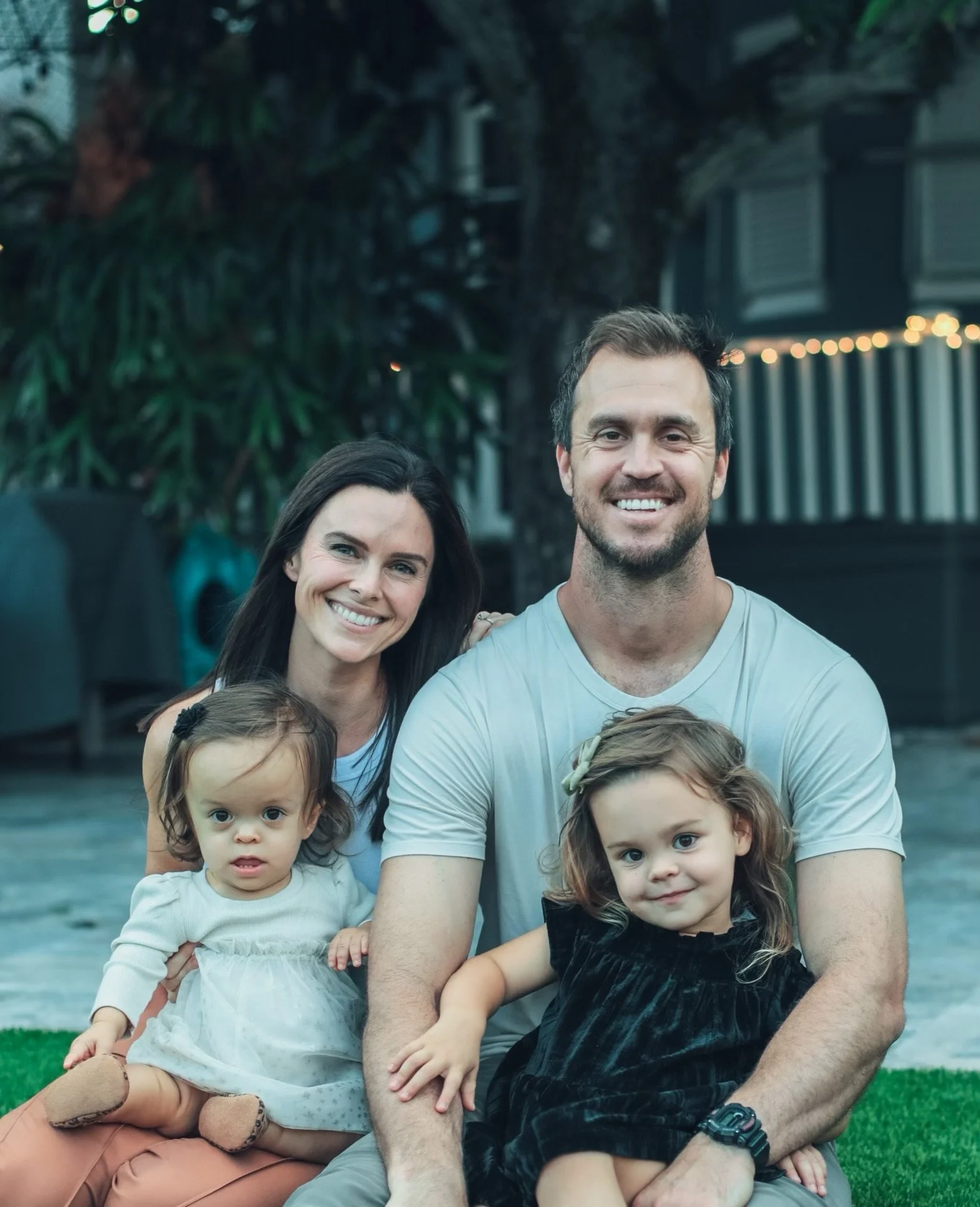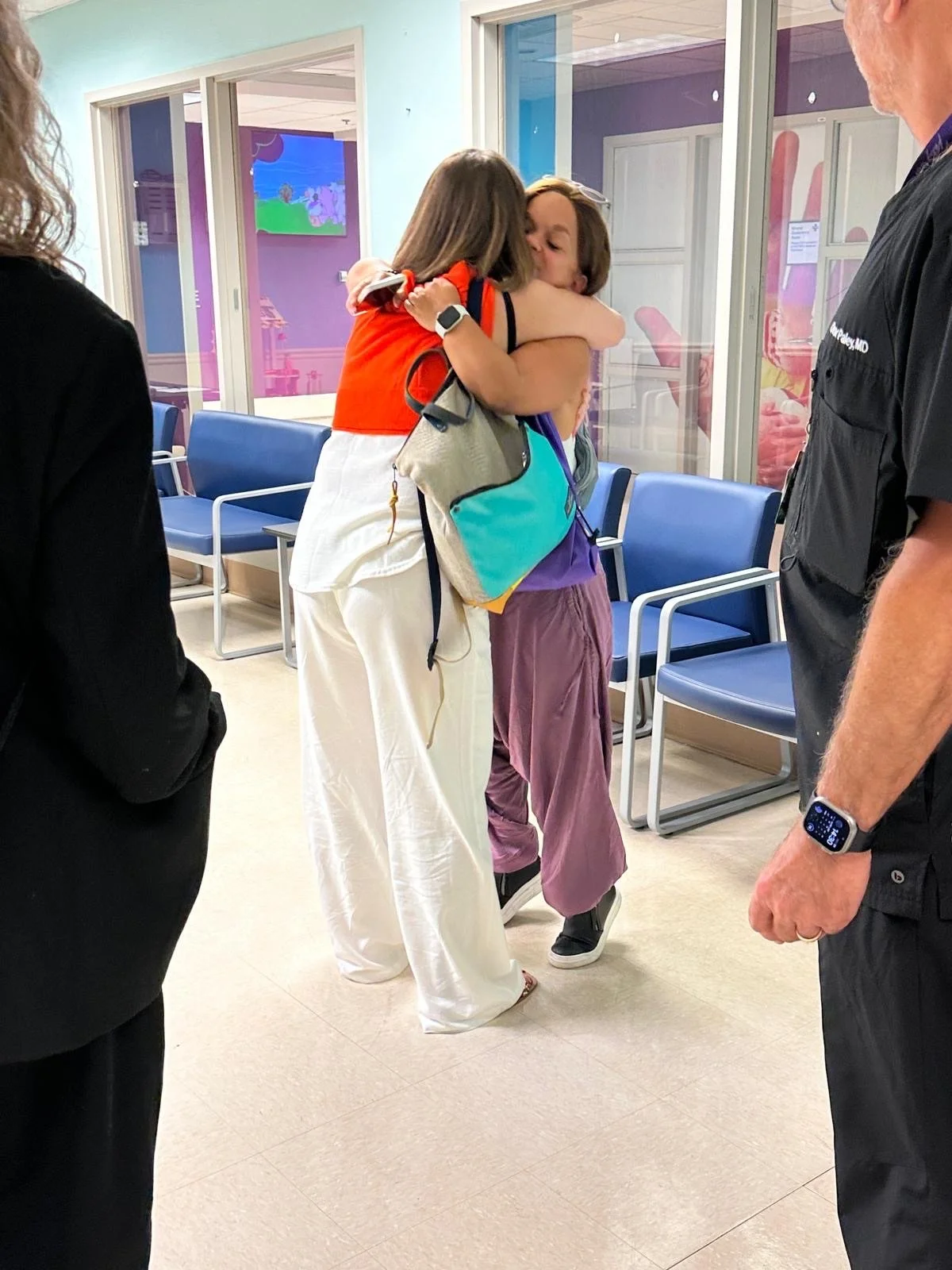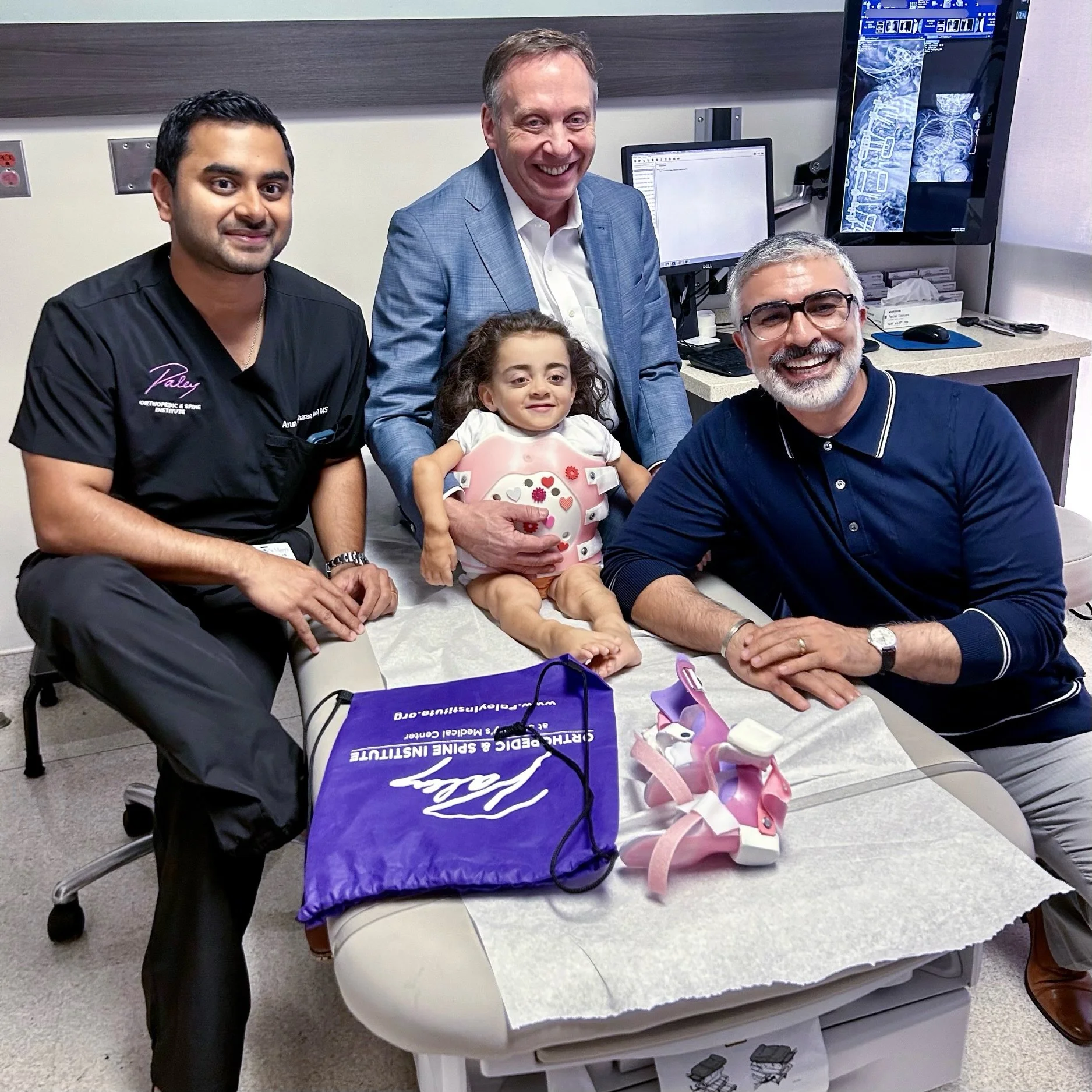
Understanding Skeletal Dysplasia
Learn about the different forms of skeletal dysplasia, its impact on children and adults, and how Little Legs Big Heart provides support and resources for affected families.
FAQs
-
Skeletal Dysplasia refers to a diverse group of genetic disorders commonly known as dwarfism, affecting the development of bones and cartilage and leading to abnormalities in the size and shape of the skeleton. These conditions vary widely in severity and symptoms but often result in shorter stature, impacting mobility and overall health. There are over 400 different types of skeletal dysplasia, each driven by its own genetic mutation. Achondroplasia, the most common form, accounts for about 70% of all cases of dwarfism.
The roots of skeletal dysplasia lie in specific genetic mutations that affect bone and cartilage development. These mutations can be inherited or occur spontaneously. Diagnosis usually takes place in infancy or early childhood through physical traits and X-ray scans, with genetic testing providing precise classification. Understanding and managing these conditions require a comprehensive approach to ensure the best quality of life for those affected.
-
There are over 400 types of skeletal dysplasia, each with its own unique characteristics. Some of the more common types include achondroplasia, osteogenesis imperfecta, and hypochondroplasia. While each type presents its own set of challenges, early diagnosis and intervention can greatly improve quality of life.
-
Living with skeletal dysplasia often brings various health challenges that vary depending on the specific type. Common signs include short stature, disproportionate limb size, curvature of the spine, joint abnormalities, and breathing difficulties.
-
Achondroplasia
Hypochondroplasia
Pseudoachondroplasia
Diastrophic Dysplasia
Cartilage Hair Hypoplasia
Spondyloepiphyseal Dysplasia
Morquio Syndrome
Osteogenesis Imperfecta
Multiple Epiphyseal Dysplasia
Campomelic Dysplasia
Thanatophoric Dysplasia
Ellis-Van Creveld Syndrome
Kniest Dysplasia
Metatropic Dysplasia
& Hundreds More!
-
Our position statements on Pharmaceuticals and Limb Lengthening:
There are various management and treatment options to increase an individual’s quality of life and functionality; physical therapy, orthopedic surgeries, and assistive devices – whatever it takes to put one foot (or wheel!) in front of the other.
The Little Legs Big Heart Foundation is committed to offering comprehensive information, including “controversial” management options like limb lengthening, the FDA approved pharmaceutical treatment VOXZOGO, emerging drug therapy trials and research. It is important to note that management suggestions for one form of skeletal dysplasia may not be appropriate for other skeletal dysplasia diagnoses because each type has its own natural history, complications, and specific recommendations.

Emotional Support Network – Coming Soon!
〰️
Medical Specialist Directory – Coming Soon!
〰️
Educational Resources
〰️
Annual Conference
〰️
Community Events
〰️
The Little Legs Lifeline Fund
〰️
Emotional Support Network – Coming Soon! 〰️ Medical Specialist Directory – Coming Soon! 〰️ Educational Resources 〰️ Annual Conference 〰️ Community Events 〰️ The Little Legs Lifeline Fund 〰️
Living with Skeletal Dysplasia
Most individuals with skeletal dysplasia lead fulfilling lives with proper medical care and support, often enjoying a normal lifespan. Regular medical monitoring, in childhood as well as adulthood, is vital to address the potential health issues. Moreover, we emphasize the importance of using respectful terminology when referring to individuals with skeletal dysplasia, promoting inclusivity and respect for diversity. Many individuals prefer “little person,” “LP,” “dwarf,” or simply as a person living with their particular form of skeletal dysplasia.
Society has evolved to become more inclusive and accommodating, with legislation and policies ensuring equal access to education, employment, and public spaces. Awareness campaigns and educational initiatives work tirelessly to reduce stigma and discrimination related to dwarfism, within society, the media, the fashion industry, etc., fostering a more inclusive and understanding world.
Progress in these areas takes time. The mental and emotional impact of living with dwarfism extends beyond the individual to the entire family. Families often face unique challenges, including navigating medical decisions, advocating for accommodations, and confronting societal attitudes. Support systems, including counseling and community networks, play a crucial role in helping both individuals and their families cope with these stresses and build resilience.
Limb Lengthening & Pharmaceutical Therapies
The Little Legs Big Heart Foundation advocates for informed, individualized decision-making regarding Extended Limb Lengthening, VOXZOGO, and other emerging drug therapies. We support access to all options, empowering individuals and families to choose the best path for their unique circumstances in consultation with their medical teams. We believe in including the child in the choice and our commitment is to provide comprehensive information, community connections and support to ensure the best quality of life, happiness and well-being for everyBODY in our skeletal dysplasia community.
Become a member to Access all of our Little Legs Big Heart Resources for free, forever! Growth Charts, Medical Management, Medical Advisory Board, Genetic Testing & more.



